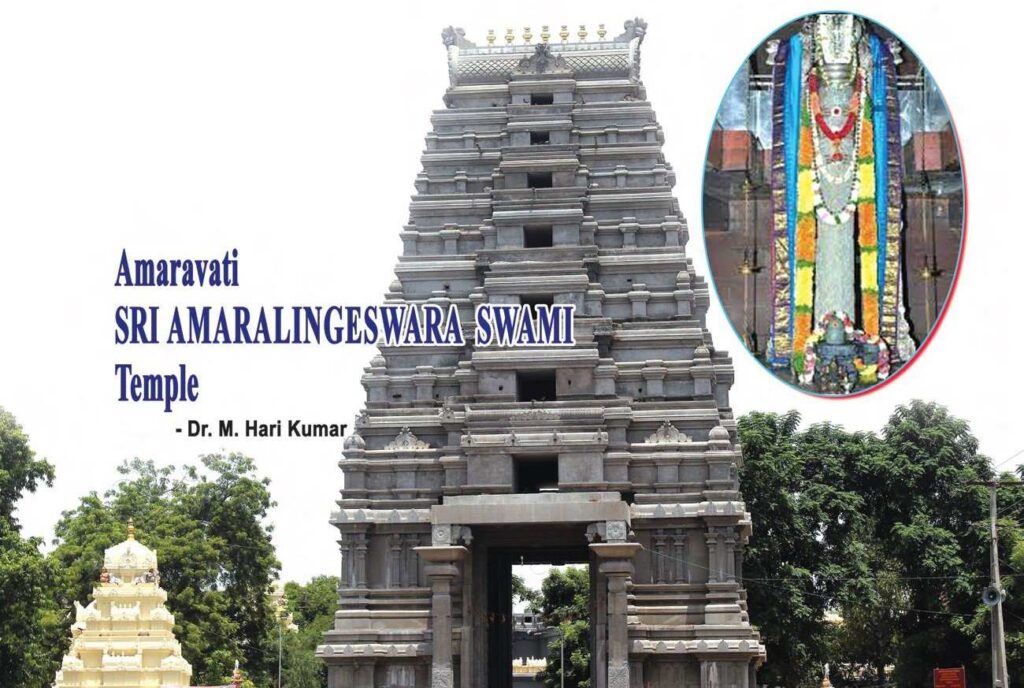Sri Amaralingeswara Swamy Temple Amaravati, a celebrated centre of the Saiva pilgrimage in Andhra Pradesh, is situated on the southern bank of the river Krishna in the Palnadu district. Amaravati also called Dharanikota or Dhanyakataka, was the capital of many dynasties in ancient times. It is one of the Pancharama kshetras and the seat of Read More
Tag: Sri Amaralingeswara Swamy Temple
The temple in Amaravati, dedicated to Lord Shiva (Sri Amaralingeswara Swamy Temple), is one of the pancharama kshetras in Andhra Pradesh. The temple is also called Amaralingeswara Swamy or Amara lingeswara Swamy.

